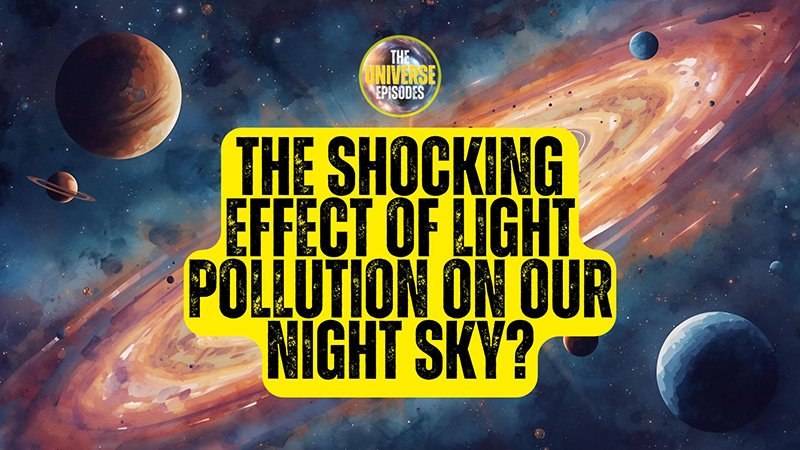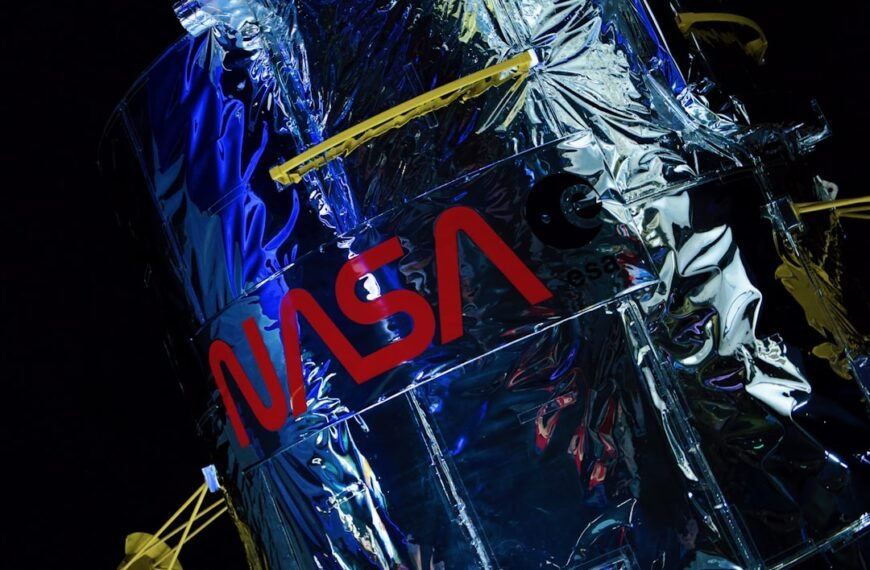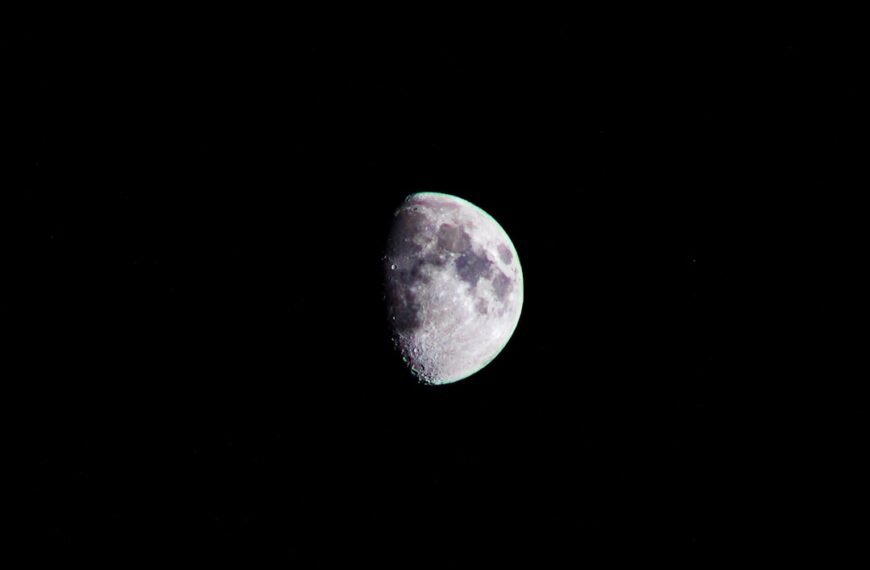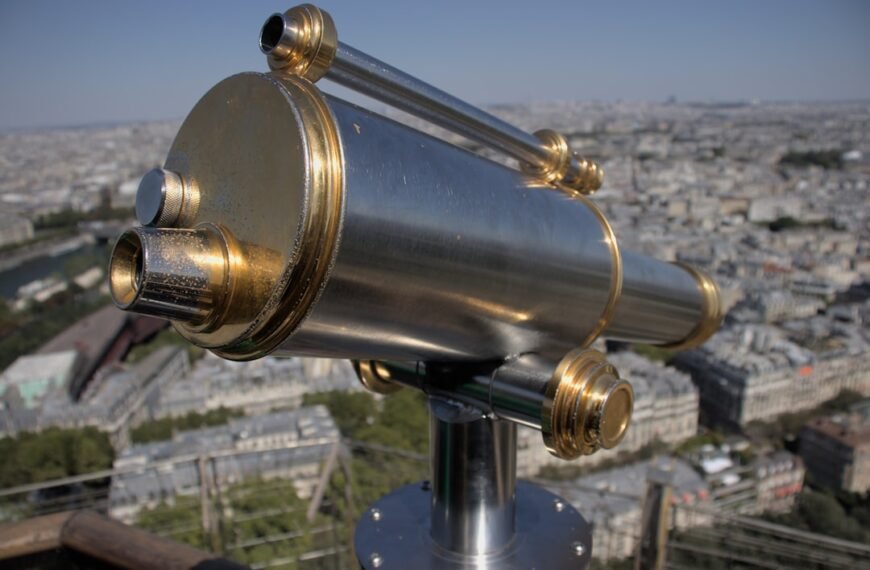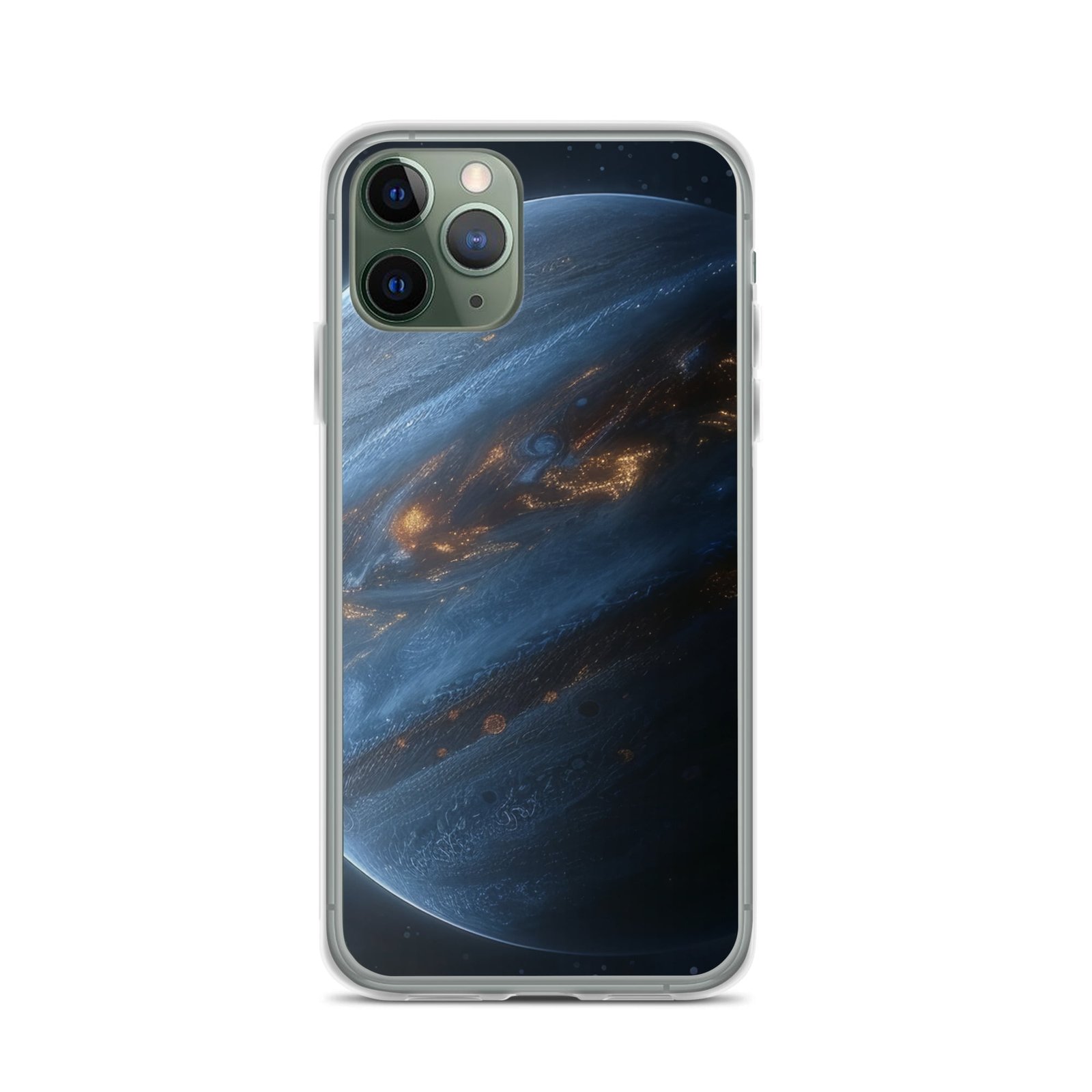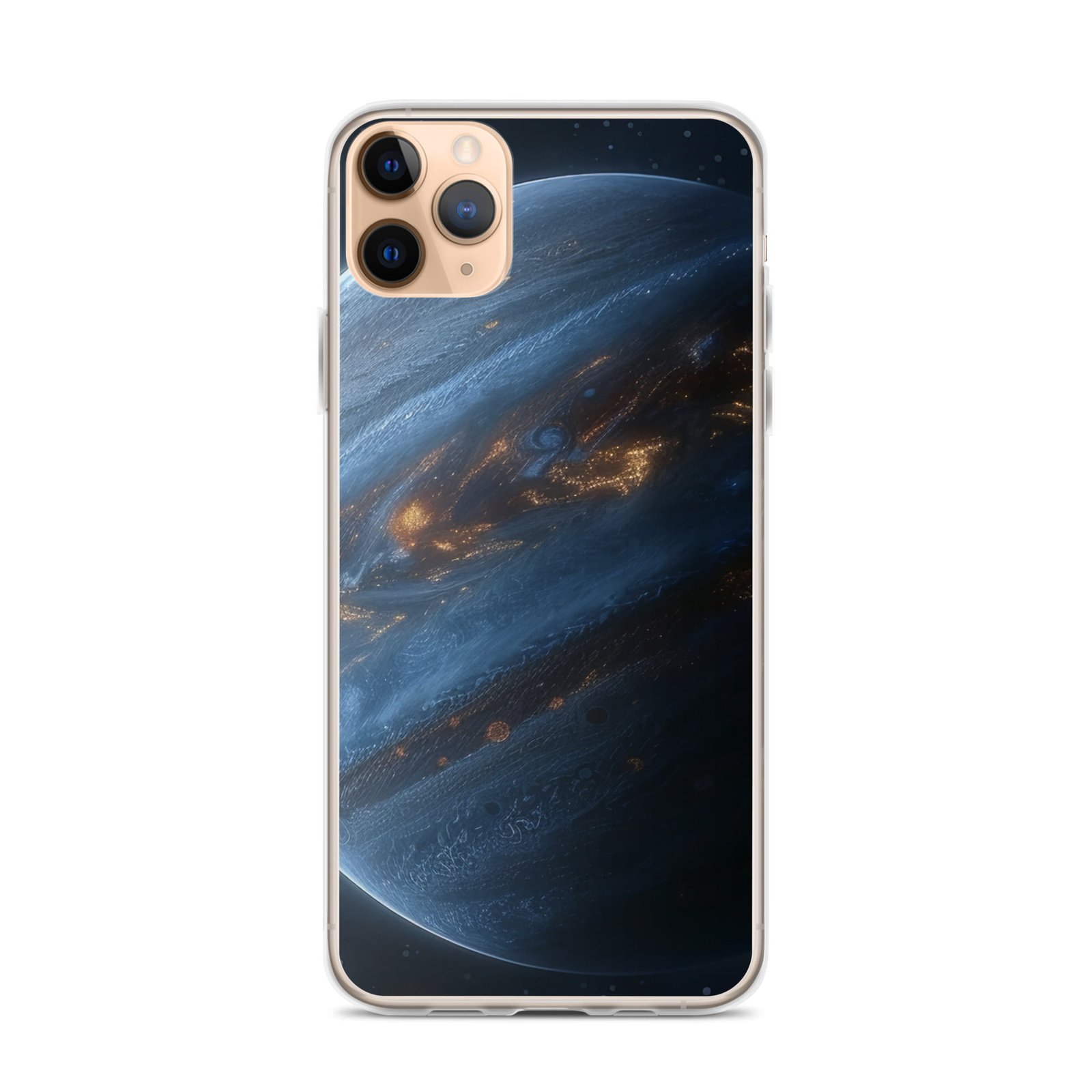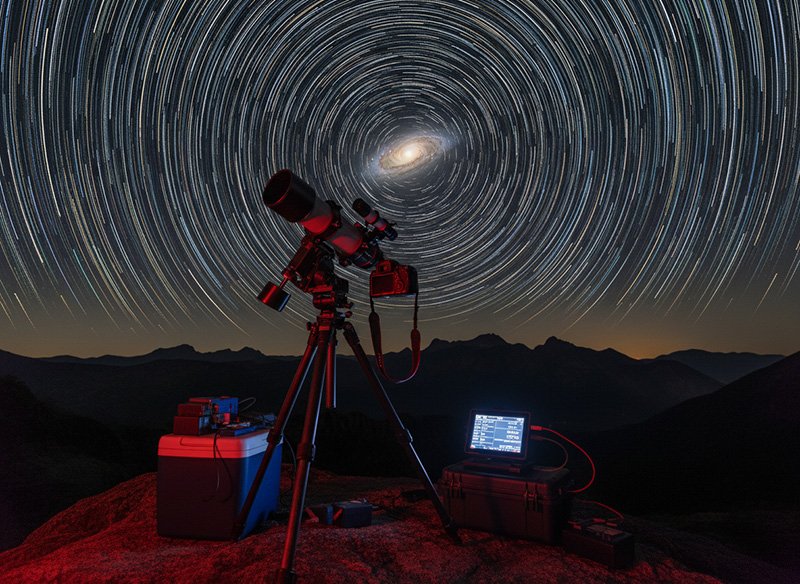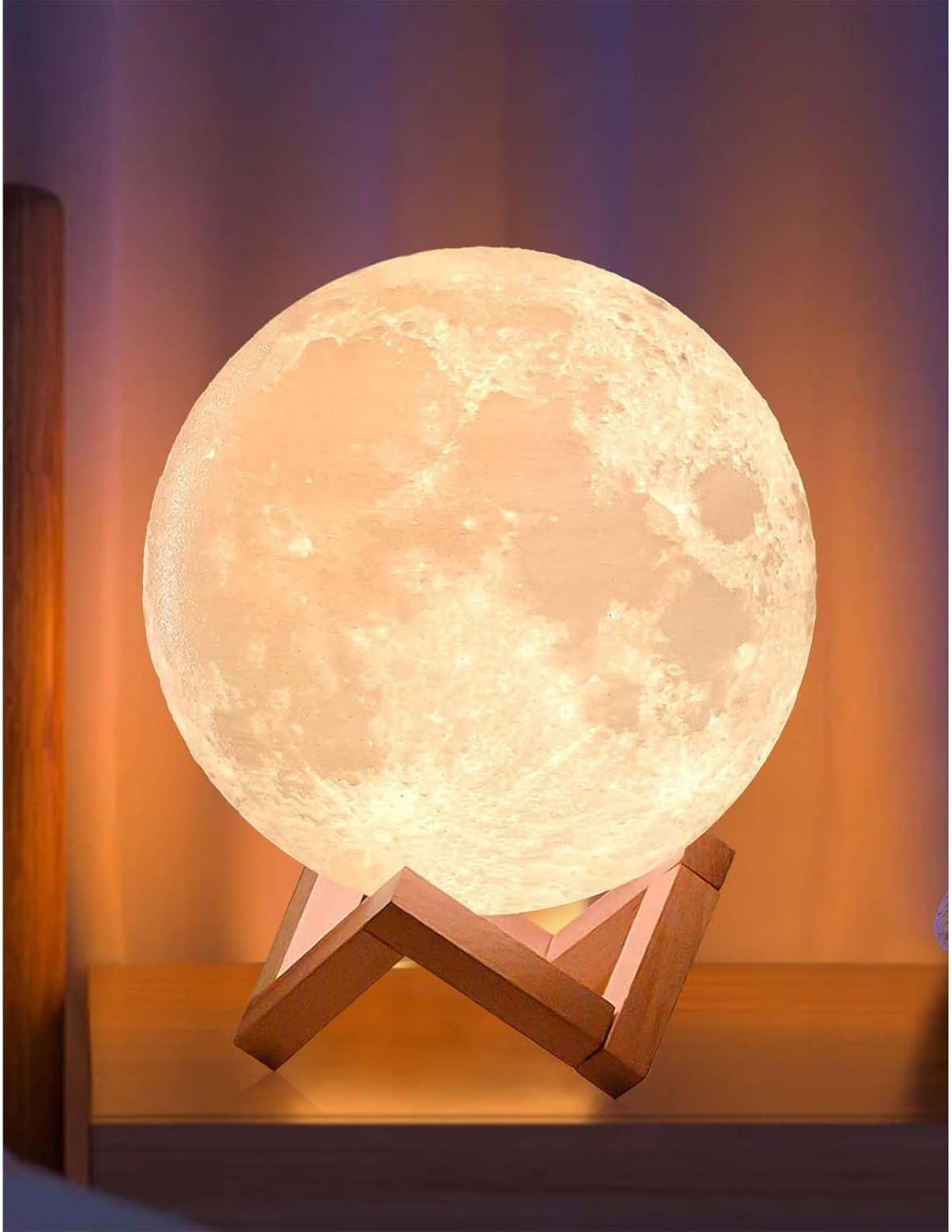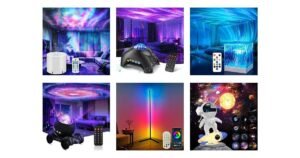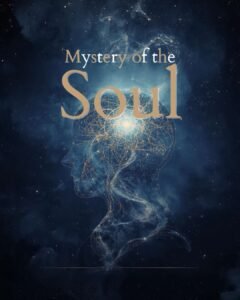Light pollution is erasing our stars. Discover how it affects health, wildlife, and the cosmos—and what we can do to restore the dark sky.
🌌 Key Takeaways
- The night sky is vanishing—99% of people in the U.S. and Europe live under light-polluted skies.
- Light pollution grows by 9.6% each year, doubling sky brightness roughly every eight years.
- It harms human health, wildlife, and astronomy—from disrupted sleep to disappearing galaxies.
- Yet the solution is simple: shield lights, use warm tones (≤3000K), and control when lights stay on.
- Darkness isn’t an absence of light—it’s a vital, endangered natural resource we can restore overnight.
🌠 What Is Light Pollution and Why Does It Matter?

Light pollution is the excessive or misdirected use of artificial light that brightens the night sky and hides the stars.
It’s a side effect of modernization—streetlights, billboards, and LEDs that spill light upward instead of down.
Scientists categorize it into four main types:
- Skyglow: the orange-white dome of light above cities
- Glare: blinding brightness that reduces visibility
- Light trespass: light spilling into unwanted areas, like your bedroom window
- Clutter: chaotic, overlapping lights in urban areas
Together, these create what astronomers call “the luminous fog”—a veil that blinds us from the cosmos.
🔭 How Light Pollution Changes the Night Sky (Bortle Scale Explained)

Astronomers use the Bortle Scale to measure how many stars are visible to the naked eye.
It ranges from Class 1 (pristine dark sky) to Class 9 (inner-city brightness).
| Bortle Class | Description | Visible Stars |
|---|---|---|
| 1 | Remote desert or ocean sky | ~7000+ stars |
| 3 | Rural area | ~2000 stars |
| 6 | Bright suburban | <300 stars |
| 9 | Inner city | <20 stars |
Globe at Night data shows that global sky brightness is increasing by 9.6% annually, meaning that a child who sees 250 stars today may see only 100 by adulthood.
That’s not poetic exaggeration—it’s measurable data.
Our night sky is literally disappearing.
🌍 The Real-World Impact: Wildlife, Ecosystems, and the Hidden Cost of Artificial Light
🐦 Wildlife Light Pollution and Disoriented Migration
Thousands of migratory birds die each year when drawn toward skyscraper lights, mistaking them for moonlight.
Disoriented, they circle until exhaustion or collide with buildings—Chicago’s McCormick Place alone recorded 1,000 bird deaths in one night.
🐢 Sea Turtle Hatchlings and Coastal Light
Sea turtle hatchlings evolved to crawl toward the brightest horizon—the ocean’s reflection of the moon.
Now, coastal lighting lures them inland, where they die from dehydration or predators.
🐝 Insects and the Fatal Attraction of Light
Billions of nocturnal insects are killed yearly due to phototaxis—their instinct to circle lights endlessly.
This cascade affects pollination, birds, and bats that rely on them for food.
Light pollution is not just about the sky—it reshapes entire ecosystems.
🧠 How Light Pollution Affects Human Health
Light doesn’t just illuminate—it communicates with your biology.
Our bodies run on a circadian rhythm, a 24-hour internal clock that regulates sleep, hormones, and mood.
🌙 The Science: Blue Light and Melatonin Suppression
When we’re exposed to blue-rich light (like LED streetlights or phone screens) at night, our eyes’ melanopsin receptors tell the brain it’s still daytime.
This suppresses melatonin, the hormone that induces sleep and strengthens immunity.
Even 5–10 lux of light (the brightness of a nightlight) can delay melatonin release by hours.
Chronic exposure is linked to:
- Sleep disorders (insomnia, delayed sleep phase)
- Metabolic issues (diabetes, obesity)
- Mood disorders (depression, anxiety)
- Increased cancer risk — one study found women living in brightly lit areas had 73% higher breast cancer risk compared to those under darker skies.
In short: our biology evolved for darkness. We’ve replaced it with permanent daylight.
🔬 The Astronomer’s Nightmare: How Skyglow Destroys Science
Astronomy is built on faint light—photons traveling billions of years from galaxies, nebulae, and quasars.
Skyglow drowns them out.
📸 Astrophotography vs. Urban Light
In cities, long-exposure astrophotography becomes nearly impossible.
The signal-to-noise ratio collapses, and faint galaxies vanish.
A spiral galaxy that should show dust lanes and color appears as a gray smudge.
🔬 Spectroscopy Contamination
Modern telescopes use spectroscopy to decode starlight into chemical fingerprints.
Artificial light adds its own wavelengths (especially from broad-spectrum LEDs), corrupting the data.
Astronomers can’t tell if a spectral line comes from a distant nebula—or a parking lot lamp.
This isn’t abstract loss—it’s a collapse in our ability to explore the universe.
🌌 The Cultural Cost: Losing Our Connection to the Cosmos
Before GPS or calendars, humans navigated and told stories through the stars.
The sky was a global heritage, a shared storybook across civilizations.
- Polynesians navigated oceans by starlight.
- Egyptians aligned pyramids to Orion’s Belt.
- Indigenous Australians mapped constellations in the Milky Way dust lanes.
Now, 80% of North Americans can’t even see the Milky Way.
A generation is growing up without ever experiencing natural darkness—and with it, we’re losing awe, humility, and perspective.
“When we lose sight of the stars, we lose sight of ourselves.”
💡 Solutions: How to Fight Light Pollution (and Save Money Doing It)
The beauty of this crisis is its simplicity: light pollution is 100% reversible.
The moment you turn off or shield a light, darkness returns.
🛠 The Five Principles of Responsible Outdoor Lighting
From DarkSky International and the Illuminating Engineering Society (IES):
- Useful – Light only what you need.
- Targeted – Direct light downward, not outward or upward.
- Low level – Use the minimum brightness necessary.
- Controlled – Use timers, motion sensors, and dimmers.
- Warm-colored – Choose lights under 3000K to reduce blue light scatter.
💡 Smart Design in Action
- Fully shielded fixtures eliminate glare and reduce skyglow by up to 90%.
- Warm-color LEDs (2700–3000K) save energy and protect circadian health.
- Motion sensors prevent lights from running all night.
Communities like Flagstaff, Arizona and Alpine, Texas have already reduced sky brightness by 20% through these methods—and saved thousands in electricity costs.
🌎 Case Studies: Beacons of Hope

🌄 Flagstaff, Arizona – “The Dark Sky Pioneer”
- World’s first International Dark Sky Community (since 2001).
- Fully shielded lights, lumen caps, and strict ordinances.
- Astronomy thrives alongside a vibrant downtown economy.
🏜 Alpine, Texas – “Modern Lighting, Ancient Skies”
- Mandates 2700K lighting citywide.
- Measured 20% drop in light pollution within five years.
🏞 Dark Sky Parks Worldwide
The International Dark Sky Places Program protects over 200 regions globally—from Utah’s Natural Bridges National Monument to Chile’s Atacama Desert.
These examples prove that darkness and civilization can coexist beautifully.
🌒 My Own Experience: Seeing the Milky Way for the First Time
I remember stepping outside one night in Big Bend, Texas.
There were no streetlights—only the whisper of the desert wind and the sound of my own heartbeat.
When my eyes adjusted, the Milky Way stretched horizon to horizon, a river of light in a sea of black.
In that moment, I understood what humanity has lost to its own brilliance.
And how simple it would be to bring it back.
🌠 What You Can Do Right Now
- Audit your lights. Replace bright, white LEDs with shielded, warm fixtures.
- Join “Globe at Night.” Submit sky readings to help scientists track brightness.
- Support local ordinances. Advocate for dark-sky-friendly lighting codes.
- Turn off unused lights. The stars don’t need competition.
Darkness is not the enemy—it’s half of Earth’s natural rhythm.
❓ Frequently Asked Questions (FAQ)
How can I reduce light pollution at home?
Use warm (≤3000K) LEDs, install motion sensors, and choose fully shielded fixtures that direct light only where needed.
Can light pollution be reversed?
Completely. Once lights are shielded, dimmed, or turned off, the night sky recovers instantly.
Is light pollution harmful to humans?
Yes. It disrupts circadian rhythms, suppresses melatonin, increases cancer risk, and affects sleep and mental health.
Why can’t I see the Milky Way anymore?
Skyglow from urban lighting overwhelms faint starlight. In most cities, the Milky Way is 1,000 times dimmer than the background sky.
What causes light pollution?
Poor lighting design—especially unshielded, overly bright, or blue-rich lights—causes artificial light to scatter in the atmosphere, creating skyglow.
📚 References & Sources
- DarkSky International (darksky.org) – Lighting guidelines & community data
- NASA / Globe at Night – Global sky brightness trends
- Nature Ecology & Evolution Journal – Ecological effects of artificial light
- International Dark Sky Places Program – Certification and case studies
Final Thought
Every photon we control brings back a star.
Every light we shield restores a fragment of the universe.
The shocking effect of light pollution is not that we’ve lost the stars—it’s that we can still bring them back.

